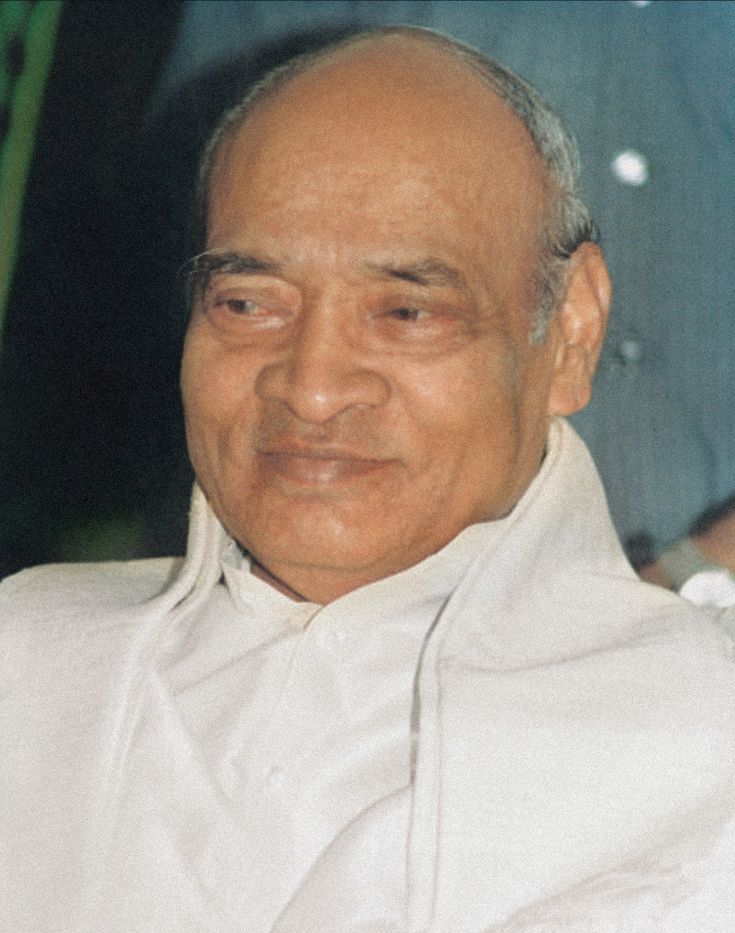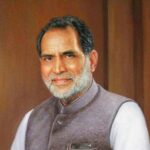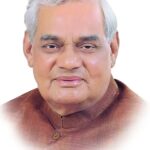P. V. Narasimha Rao: The Architect of India’s Economic Transformation
P. V. Narasimha Rao, India’s 9th Prime Minister, is widely remembered as one of the most transformative leaders in modern Indian history. Serving from 1991 to 1996, he was the man behind many of the economic reforms that shifted India’s trajectory and positioned it on the global stage. Often called the “Father of Indian Economic Reforms,” his leadership not only changed India’s economic landscape but also redefined the country’s role in the world.
Early Life and Education
P. V. Narasimha Rao was born on June 28, 1921, in Vangara, a village in the erstwhile Hyderabad state (now part of Telangana). He came from a modest, middle-class family, but his passion for learning and leadership was evident from a young age. His father was a well-respected local leader, and young Rao grew up witnessing politics and the impact of governance.
He attended various schools across southern India, eventually earning a degree in law from Osmania University in Hyderabad. His early education gave him a strong foundation in the principles of leadership and governance. However, it was his exposure to India’s freedom struggle and his association with the Indian National Congress (INC) that truly shaped his political ideology.
Entry into Politics
Rao’s political career began in the early 1940s when he joined the Indian National Congress. He was an active participant in the Quit India Movement in 1942 and was jailed for his efforts in fighting for India’s independence. After independence, Rao continued his involvement in politics, eventually becoming the Chief Minister of Andhra Pradesh in 1971.
Rao was known for his pragmatic and intelligent approach to governance, both at the state and national levels. His tenure as Chief Minister helped him build a reputation as a skilled administrator who understood the importance of economic development, education, and social justice. He held various key positions within the Indian government, including Minister of External Affairs and Defence Minister, before eventually becoming the Prime Minister of India in 1991.
Prime Ministership and Economic Reforms
P. V. Narasimha Rao took office at a time when India was facing a severe economic crisis. The country was burdened with high inflation, a huge fiscal deficit, a growing external debt, and foreign exchange reserves at a critically low level. It was a time of great uncertainty, and many believed India was headed for a financial collapse. In these difficult circumstances, Rao stepped up and made some of the most radical and far-reaching reforms in Indian history.
Economic Liberalization
One of Rao’s most significant achievements was his initiation of economic liberalization. Under his leadership, India shifted from a largely closed, state-controlled economy to a more market-driven one. Some of the most transformative reforms include:
- Devaluation of the Rupee: In 1991, India faced a currency crisis. To address this, Rao’s government devalued the Indian rupee, which made exports more competitive in the global market.
- Reduction of Import Restrictions: Rao reduced restrictions on imports and opened up the economy to global trade, which had previously been limited by the License Raj, a system of bureaucratic controls and regulations.
- Privatization of State-Owned Enterprises: Rao’s government undertook the privatization of several state-owned companies, which encouraged efficiency and improved the business climate.
- Tax Reforms: The introduction of progressive tax reforms led to the simplification of the tax structure and an increase in tax compliance.
- Foreign Direct Investment (FDI): By relaxing restrictions on foreign investments, Rao attracted foreign capital into the country, which spurred industrial growth.
These reforms laid the foundation for India’s rapid economic growth in the years that followed. They helped transform India into one of the world’s fastest-growing economies and set the stage for India’s global integration.
Political and Social Challenges
Rao’s tenure as Prime Minister was not without challenges. The 1991 economic reforms, while necessary, faced significant opposition from both within and outside his party. Many within the Congress Party and other political groups viewed these reforms as too radical and a betrayal of the socialist ideals that had governed India for decades.
Rao’s leadership was also tested in the aftermath of the Babri Masjid demolition in 1992, a tragic and divisive event that led to widespread riots and tensions between religious communities. Despite the pressures and controversies, Rao maintained his composure and focused on stabilizing the country’s political landscape.
Legacy and Recognition
While P. V. Narasimha Rao did not enjoy widespread recognition during his tenure, history has been far kinder to him. His economic reforms, foreign policy initiatives, and leadership during a crisis are now widely regarded as monumental. Rao’s impact on India’s political and economic development is undeniable, and many credit him with laying the groundwork for the country’s rise as a global economic power in the 21st century.
Rao’s foreign policy, too, was a success. Under his leadership, India improved relations with key international players, including the United States, Russia, and China, and established stronger ties with the global community. His ability to navigate the complexities of geopolitics was a testament to his diplomatic acumen.
Despite facing political opposition, corruption charges, and challenges from within his own party, Rao’s vision, determination, and pragmatism earned him a place in history as one of India’s most significant political figures.
FAQs About P. V. Narasimha Rao
Q1: What were the major economic reforms introduced by P. V. Narasimha Rao?
P. V. Narasimha Rao is best known for the liberalization of India’s economy in 1991, which included devaluation of the rupee, the reduction of import restrictions, privatization of state-owned enterprises, tax reforms, and attracting foreign investments.
Q2: How did P. V. Narasimha Rao’s leadership impact India’s global standing?
Rao’s economic reforms helped India become a more competitive player in the global market. His foreign policy initiatives strengthened India’s relationships with key countries, enhancing its international standing.
Q3: What challenges did P. V. Narasimha Rao face during his time as Prime Minister?
Rao faced political opposition from within his party and other political groups, particularly regarding his economic reforms. Additionally, his tenure was marred by the Babri Masjid demolition and the subsequent communal riots.
P. V. Narasimha Rao’s time as Prime Minister was marked by profound challenges, but it was also a period of immense change. His bold decisions, economic reforms, and visionary leadership have made him one of the most influential figures in Indian history. As India continues to thrive in the global economy, Rao’s legacy continues to inspire leaders and policymakers who understand the importance of innovation, pragmatism, and bold decision-making.










